The city was empty.
Not one apartment housed a tenant, not one of the millions of bulbs produced light from their filaments, not one bill was sent to so-and-so's address for such-and-such service. Ornate lobbies with marble floors and gold trim glistened behind eternally closed doors, their stunning majesty completely impotent without wondering eyes to behold them. Story upon story, giant monoliths of concrete and steel and glass rose into the sky, masterful in their architecture, lovingly crafted by some of the most talented artisans ever to put their hand to the trade. Each had something unique about it. This one here might be twisted about, as though the hand of a giant had tried to wring it out and then simply left it that way. That one there might have several bubble-like protrusions on its exterior, ballrooms encapsulated within a literal ball of glass. There were gardens on rooftops, strange geometric shapes, rooms suspended from steel cables accessible only by elevator. Each building was trying to outdo the other, and each was a testament to the indelible genius of man.
And yet, the city was empty.
Was it a ghost town? Not in the slightest. To call it a ghost town would imply that the city had died. In reality, it had never lived. It was a stillborn child. The pure black asphalt of its vacant streets had never been soiled by the tire of a car and the subway system had never carried a passenger. The only movement that could be seen was that of the army of small automated maintenance bots rolling around and trying to keep everything pristine as they had been doing for decades, toiling in the vain hope that one day somebody might want to move to the city and give the landlords who had built this place some return on their investment. Upkeep was comparatively cheap, so even now there was still the possibility that a mass influx of residents could allow them to turn a profit. Therefore the bots were never deactivated, no matter how pointless their task might seem.
The inquisitive mind might well wonder how a city like this came to be. The tale of its creation began with the second great depression, an event that eliminated economic growth around the globe for several years. The causes for this catastrophic crash were still hotly debated amongst economists, but the effect it had was so profound that all faith in stocks as an investment evaporated overnight. Once the economy finally dragged itself up out of the slump, those who still had claim to wealth began looking for new ways to invest their money. Eventually they settled upon speculative real estate, buying up land and building towns in hopes that people would want to move there. Initially, this was successful, so the projects became grander and more ambitious. Entire cities were constructed, and as the economy rejuvenated and people suddenly found their pockets filled with spending money once more they began to buy second homes, and then third homes. Finally, somebody had the idea to build a colossal city in the middle of the desert. Taking a cue from Las Vegas, it would be a city of spectacle and wonder, a vacation hot spot where people could indulge themselves in extravagant hotels, exotic spirits, and gambling.
The experts all agreed that the safe money was on this plan being a resounding success. Investors contracted the greatest architects they could find, demanding unprecedented feats of construction in the fear that their competitors might build more attractive structures and lure away potential patrons. Massive skyscrapers, a subway system, a monorail system. If there was something to be built, somebody wanted to build it. There was such a squabble over who would build the roads that in the end two different road systems were set down, one on the ground and one elevated between the buildings. So much money and competitive effort went into the city that it was finished in an astonishing three years. A citywide party was planned to welcome all the new patrons and it was announced that at this party there would be a raffle where one lucky winner would get to name the city, within reason of course. Everything was set up for a grand opening the likes of which had never been seen before.
And then the bubble popped.
Too many people had bought too much real estate all at once and the bad mortgages began to add up. It was not the first housing crisis ever to strike the nation, but it turned out to be the worst. Nobody could afford the steep prices to live or vacation in the city anymore. The businesses that had already rented space to operate in the city didn’t even bother to show up and open their doors, trying to cut their losses with the knowledge that nobody would be there to buy anything anyway. The grand opening was cancelled, the raffle was called off, and the city never received any name. No sooner had the sounds of hammers and drills and welders’ tools ceased than the city found itself condemned to an unending and almost unnatural quiet. Not even when the economy bounced back yet again did anybody want to move there. After all, who would want to live in an empty city with no operating businesses?
But as it turned out, there were a few people who were interested in living in the city. Not tourists, not high rollers, not patrons, but loners, people who preferred life off the grid. The empty city was not entirely empty. A few small groups of squatters inhabited the upper floors of the enormous hotels, like birds living in the canopy of a concrete jungle. These people gave the city the closest thing it ever had to a name, calling it the Hollow City. Their presence was unlawful, but nobody much cared enough to muster the authorities and kick them out. They came for a variety of reasons, but common to all of them was the desire to escape conventional life. They lived off of crops grown on the lofty rooftops and small livestock raised in the vacant rooms. Because they couldn’t live out of any one building and required access to the sun to grow food they needed ways to get from rooftop to rooftop without descending all the way down to the ground just to ascend back up again. They studied old urban running techniques to make their way from one building to the next quickly and easily. Running became a way of life for them, an indispensable part of their culture.
Sometimes groups would feud over disagreements, and occasionally these disagreements would become violent. After one too many people met their untimely demise having been thrown off a building, elders from all the squatter groups got together and settled on a new way to solve disputes. They would put the running techniques they had learned to the test, setting teams of runners from each of the feuding parties against each other in a race and using the city as an obstacle course. The stakes would be agreed upon in advance, and the loser would submit to the terms of the winner. If they didn’t, every other group would descend upon them at once and destroy them. With this agreement the very first skyliners were born, elite runners from each of the squatter communities who would represent their own group and run for territory, resources, and honor.
However, a few small colonies of squatters does not a city population make, and the lion’s share of the vast megalopolis still had never been occupied by a human soul. Any newcomer who may have walked through its empty streets might have felt a slight prickling on the back of their neck, or a spontaneous shudder running up their spine. There was something off about the place, something almost sinister. After all, a city wants to be lived in. A city wants to hear the sound of voices and feel the pounding of feet. A city wants to smell the scent of food cooking in the stands, taste the wine spilled from the unsteady hands of giddy lovers, and see the works of art, commissioned or unsolicited, painted on its walls. A city wants to live. A city which has known all these things and been abandoned may look back on its fond memories and accept its death without regrets, but a city whose senses have never received that stimulation? A city born dead? That is a thing which should not exist.
And when something should not exist, who knows what dark forces might begin to stir within it?

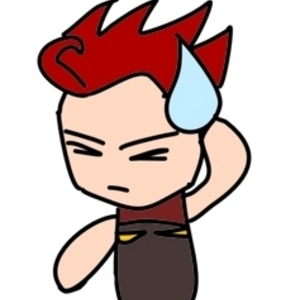
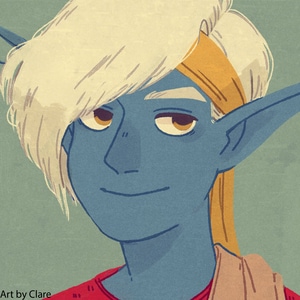
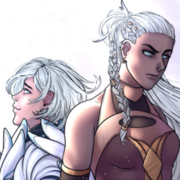




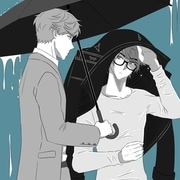

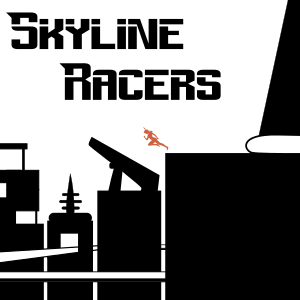
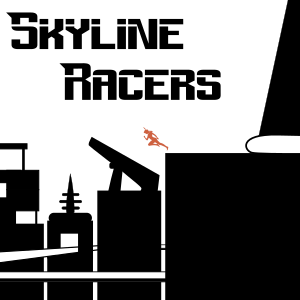
Comments (6)
See all